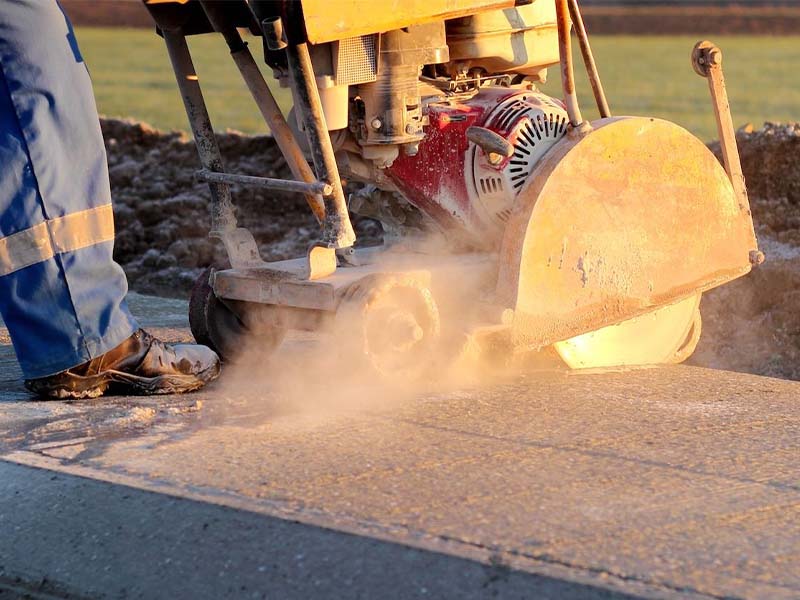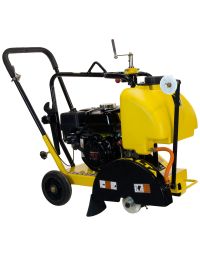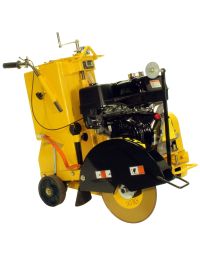

Walk-behind concrete saws are used for various tasks such as trenching (digging narrow, deep holes), patching (repairing or filling in gaps), and creating grooves (making narrow cuts) in concrete and asphalt. While these machines are heavy, their weight makes cutting concrete much easier than using a handheld saw. Here are some tips and techniques every beginner should know before saw-cutting concrete.
Before You Get Started
Prior to starting your project, ensure you are equipped with the necessary safety gear. This includes safety eyewear, hearing protection, work gloves, protective clothing, and work boots. For dry-cutting concrete, a respirator is essential to prevent exposure to concrete dust, which can pose a serious threat to your health. Remember, your safety is your top priority.
Before turning on the saw, be sure to read the manual that comes with the machine. Make sure there's gas and oil in the machine. Also, remember to check the saw blades for signs of wear, like cracks and holes. Don't use damaged blades because the results can harm people and property.
How to Use a Concrete Saw
Here are some basic guidelines to follow:
- Carefully install the blade that matches your cutting conditions and the depth your project requires.
- Start the concrete saw and let it warm up.
- Align the blade with the cut. If you're wet cutting, turn the water on.
- Slowly lower the blade and cut as fast as the blade will allow without jumping out of the cut.
- Use as much pressure as needed to move the machine forward.
- When finished, lift the blade and turn off the machine.


For deeper cuts, it's best to use "step cutting." To do this, start at a lesser depth and go over the same area again, as many times as needed, to gradually get to full cutting depth. Each step should be 1.5 to 2 inches until you reach the desired depth.
Wet Cutting vs. Dry Cutting
To wet-cut concrete, depending on the machine, fill the water tank or attach a garden hose to add water for protection against the dust created by cutting concrete or asphalt, which can damage your eyes and lungs. Water also helps cool the blade and prevent overheating. Wet cutting is the safest way to cut concrete. However, if you feel you must dry cut, follow these additional safety measures:
- Never dry cut for longer than 30 seconds at a time, and stop long enough to allow the blade to cool.
- Cut straight lines; do not cut a curve or radius.
- Do not exceed the maximum operating speed for the blade diameter.
- Do not force the blade into the material. Let it guide your speed.
- Use blades explicitly designed for dry cutting. Do not use wet-cutting blades.
We hope this introduction to operating a walk-behind concrete saw helps you get started.






